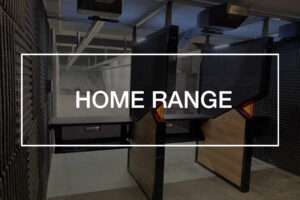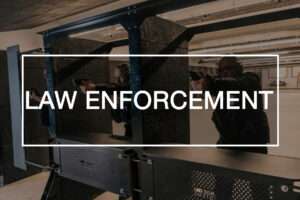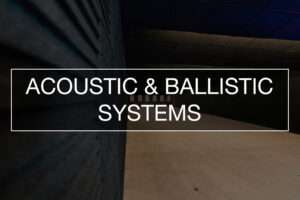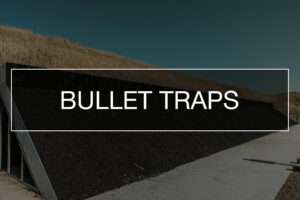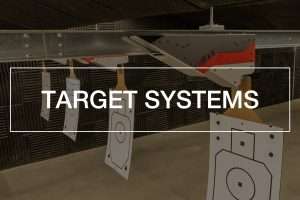Webinar Recap: Rubber Versus Steel Bullet Traps- Which Is Better? (Part 1)
Don’t have time to watch the full webinar replay? Check out our highlights of “Rubber Versus Steel Bullet Trap – Which Is Better?”.
[rs-responsive-iframe]
[/rs-responsive-iframe]
It’s a big question that every serious indoor shooting range operator must answer- rubber vs. steel bullet trap: which is better? In this webinar, we’re going to discuss the pros and cons of rubber and steel bullet traps, along with the cost vs. value for each side.
Brad Ross and Randall Mendenhall will compare rubber and steel bullet traps side by side and help answer the most important question: which is best for me?
Why Is The Question So Important?

The question of rubber versus steel bullet trap is important because the bullet trap is the main component of a range and is the focus of all shooting.
It’s also important to cover this topic because there is a lot of inaccurate information within the industry regarding bullet traps.
What Should The Question Be?

When comparing the two traps it’s important not to ask the question, “which is better?”, the question should really be, “which trap is better for me?”.
The way you plan to use your range should dictate your decision between the two traps.
What 9 Factors Must I Consider To Make The Best Decision?

These 9 factors are what you need to consider when making your buying decision.
#1 What Is My Initial Investment?

When comparing the two traps it’s important to look at the initial cost of both.
The initial cost of a steel trap is usually 3-5 times more than a rubber trap but make sure to do more research than just initial cost before you make your decision.
#2 What Sound & Air Concerns Do I Have?

The two different traps use different methods of stopping bullets. Steel uses impact and redirects while rubber uses a tumble and friction method of stopping bullets.
The impact and redirect method of stopping a bullet that’s attributed to steel traps typically causes more sound and lead dust because of the nature of the collision.
You need to realize there will also be lead dust when using a rubber bullet trap, there is no way to avoid lead dust completely within a range.
#3 What Routine Maintenance Will I Have To Do?

You will need to maintain both ranges, you will just see different types of maintenance based on the type of trap you choose.
Rubber traps require raking of the granular to properly displace the granular, while steel traps will be more vacuuming lead dust and repairing failures within the steel.
#4 What Will Be The Required Repairs?

The most common “repair” we see with rubber bullet traps is the replacement of rubber granular.
Common repairs with steel bullet traps are work within the deceleration chamber. For more information on this topic see part one of our highlight video.
Interested in learning about lead reclamation, safety differences, caliber ratings, structural requirements, and revenue opportunities? Check out Rubber Versus Steel Bullet Trap- Which Is Better Part 2
[rs-button label=”Part 2″ link=”https://rangesys.wpengine.com/blog/highlight-part-2-rubber-versus-steel-bullet-trap-better/” new_win=”yes” full_width=”yes” size=”btn-large” custom_type=”hotel” class=””/]



